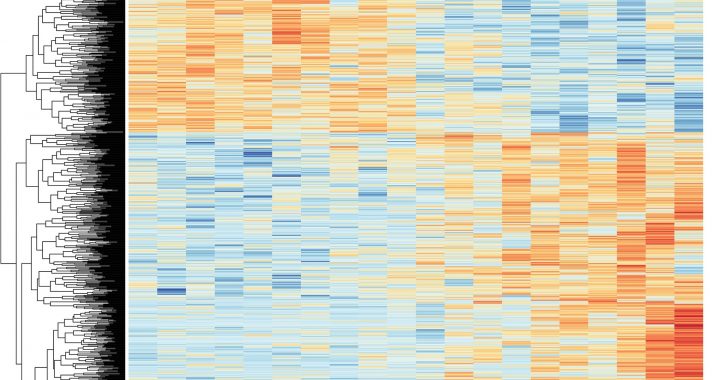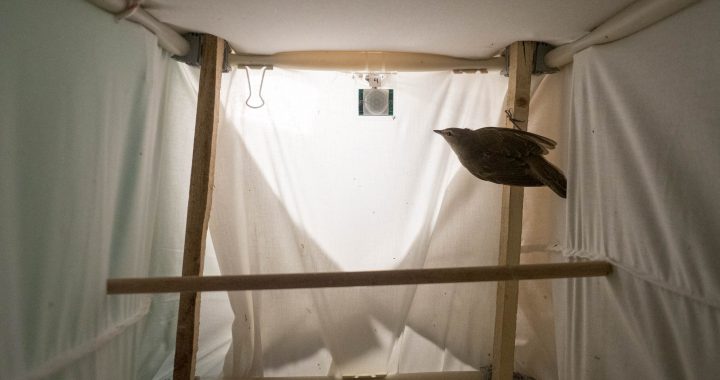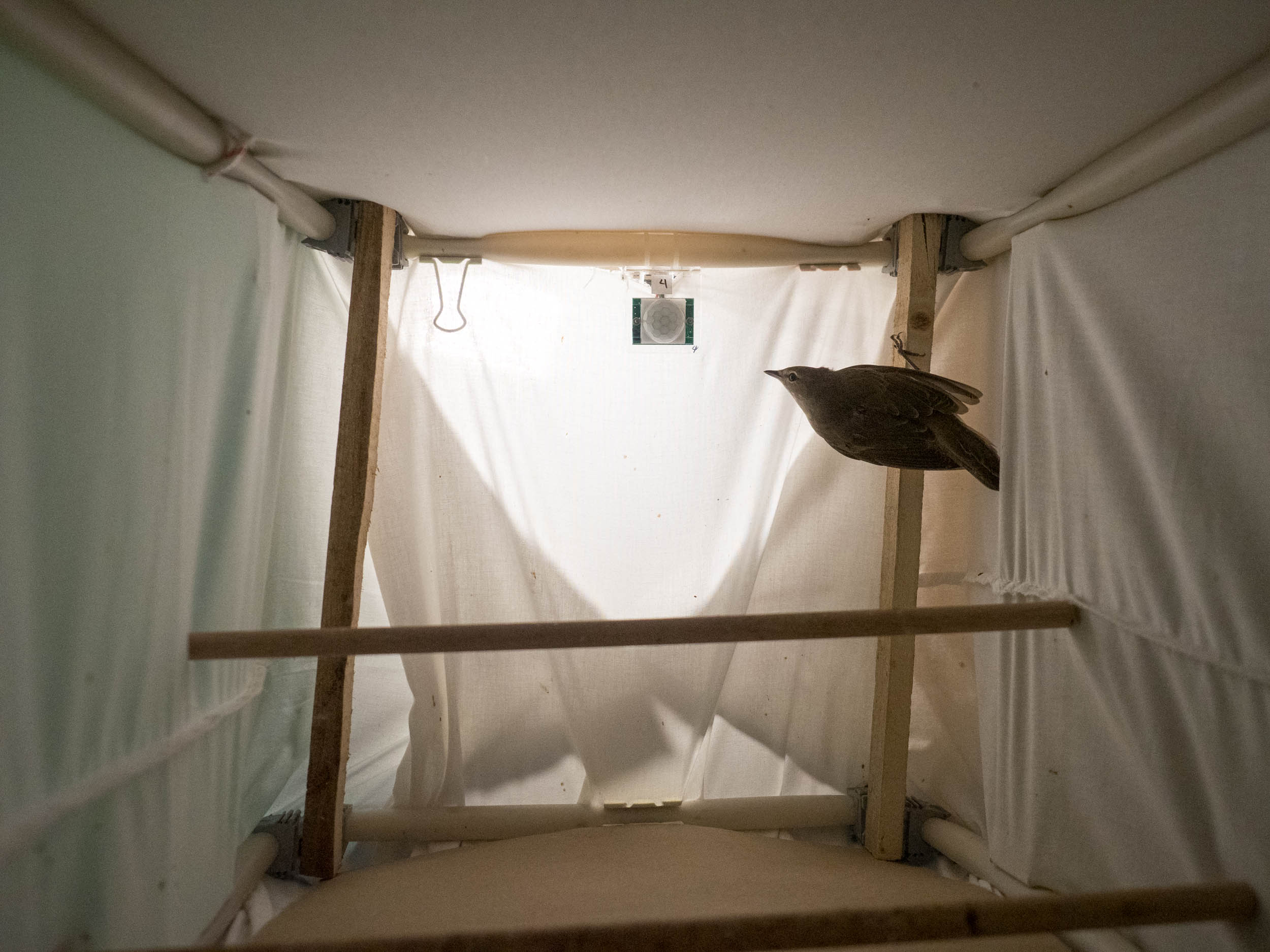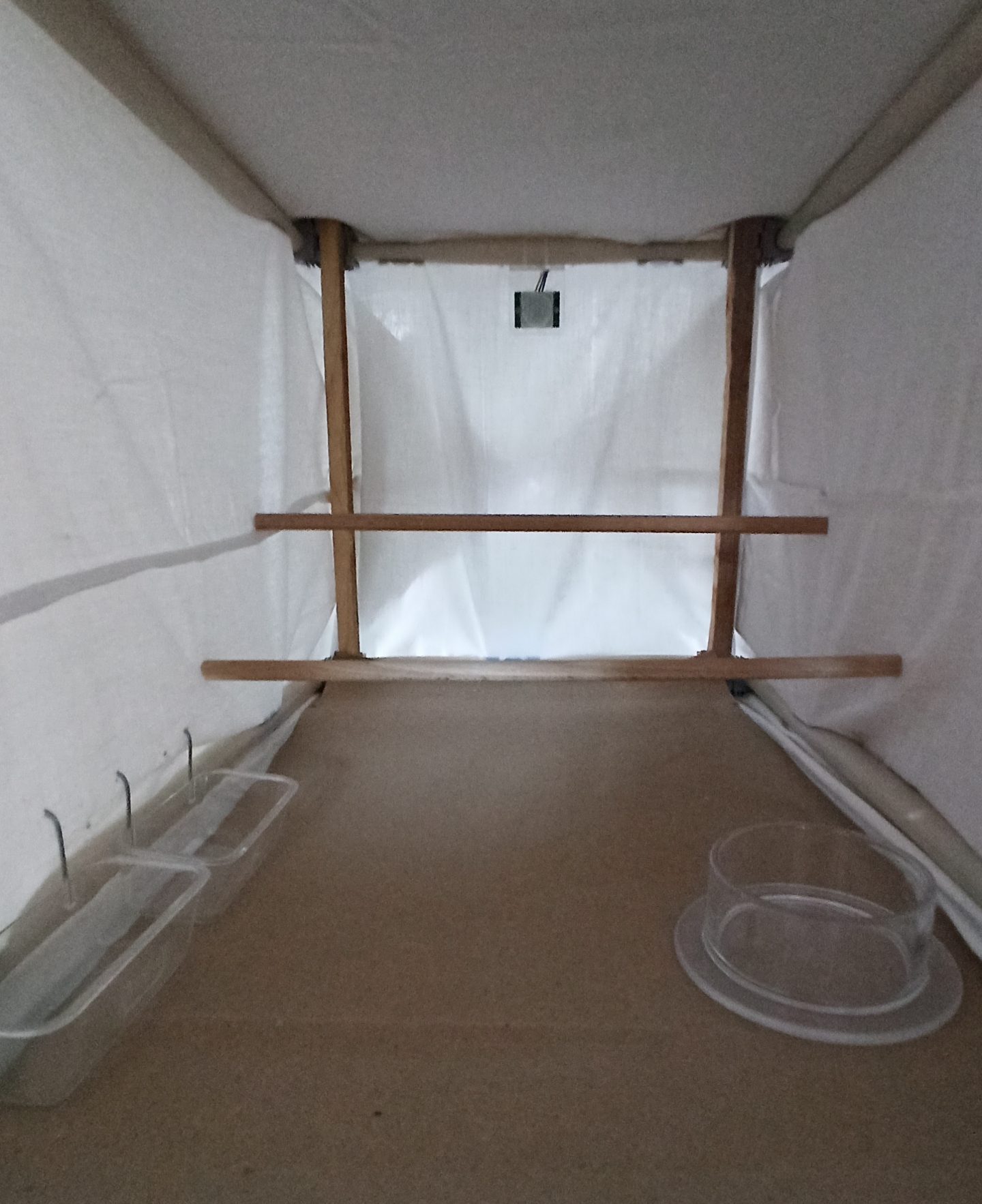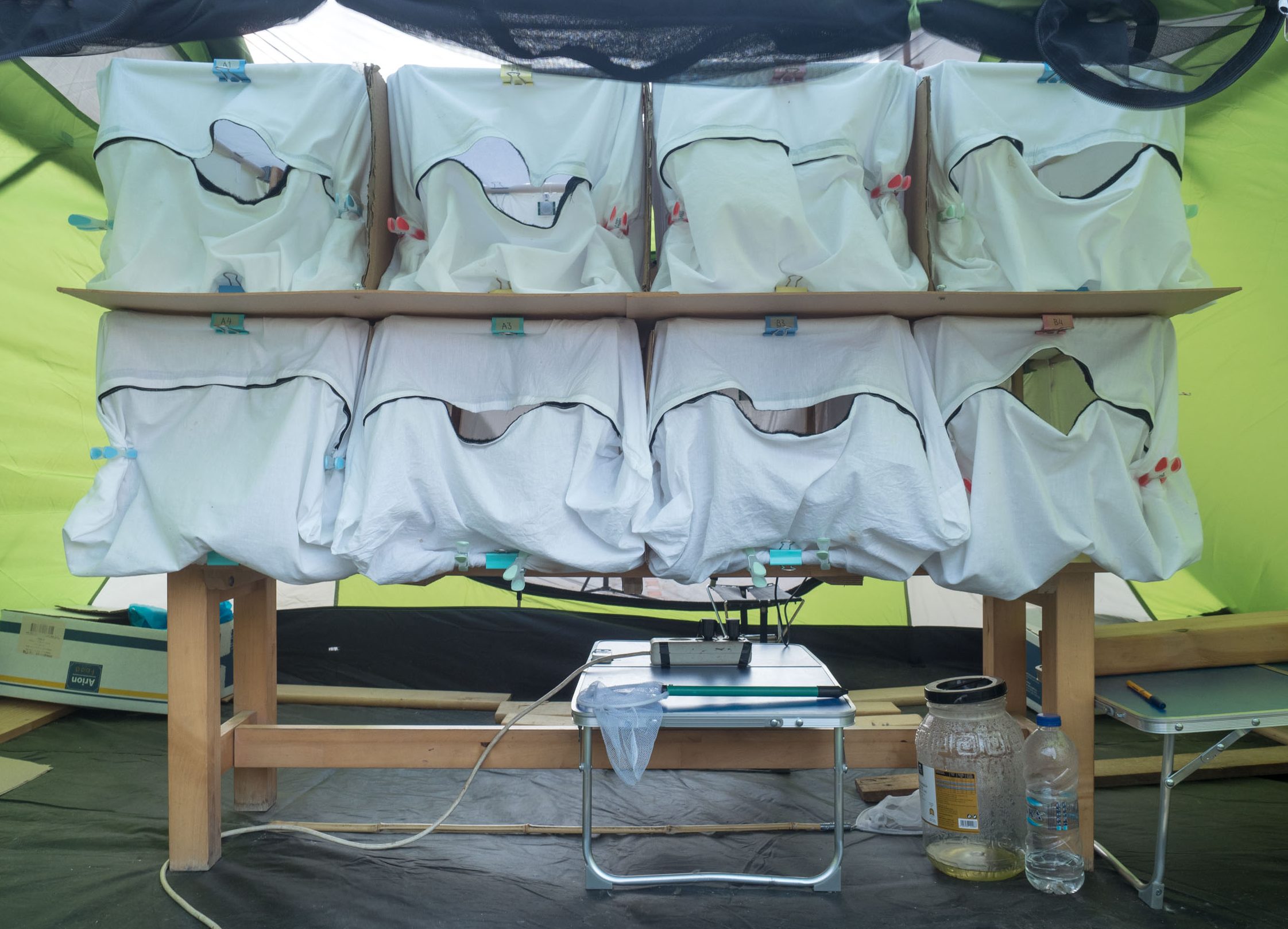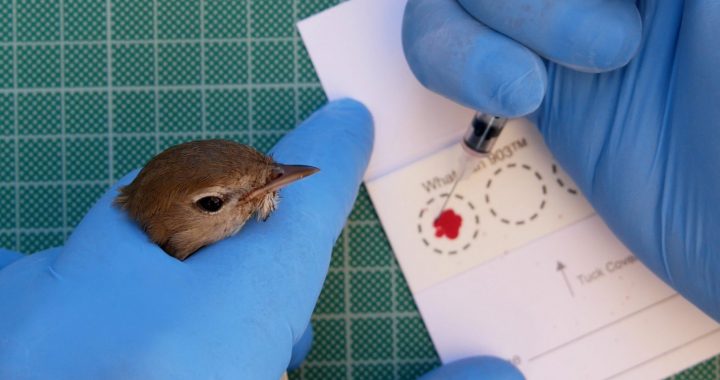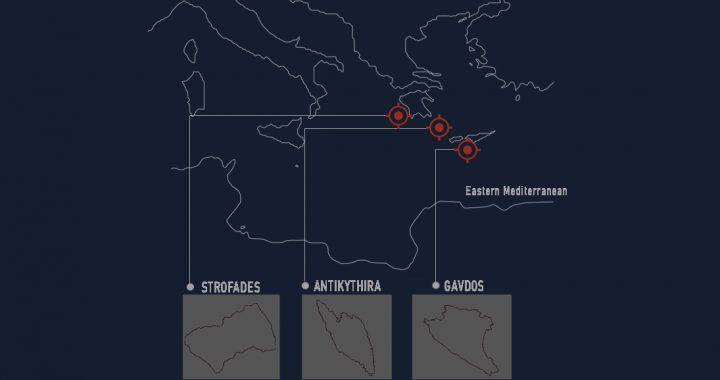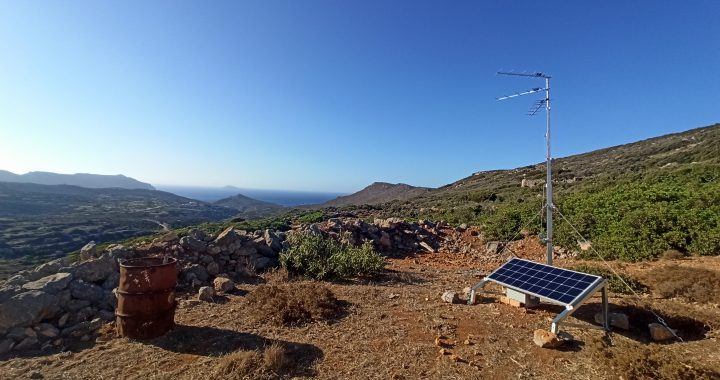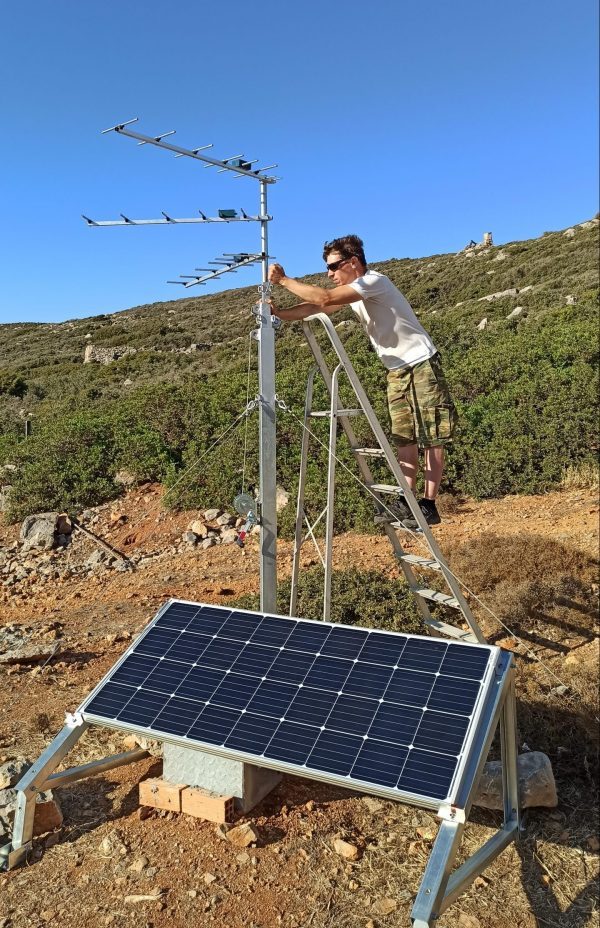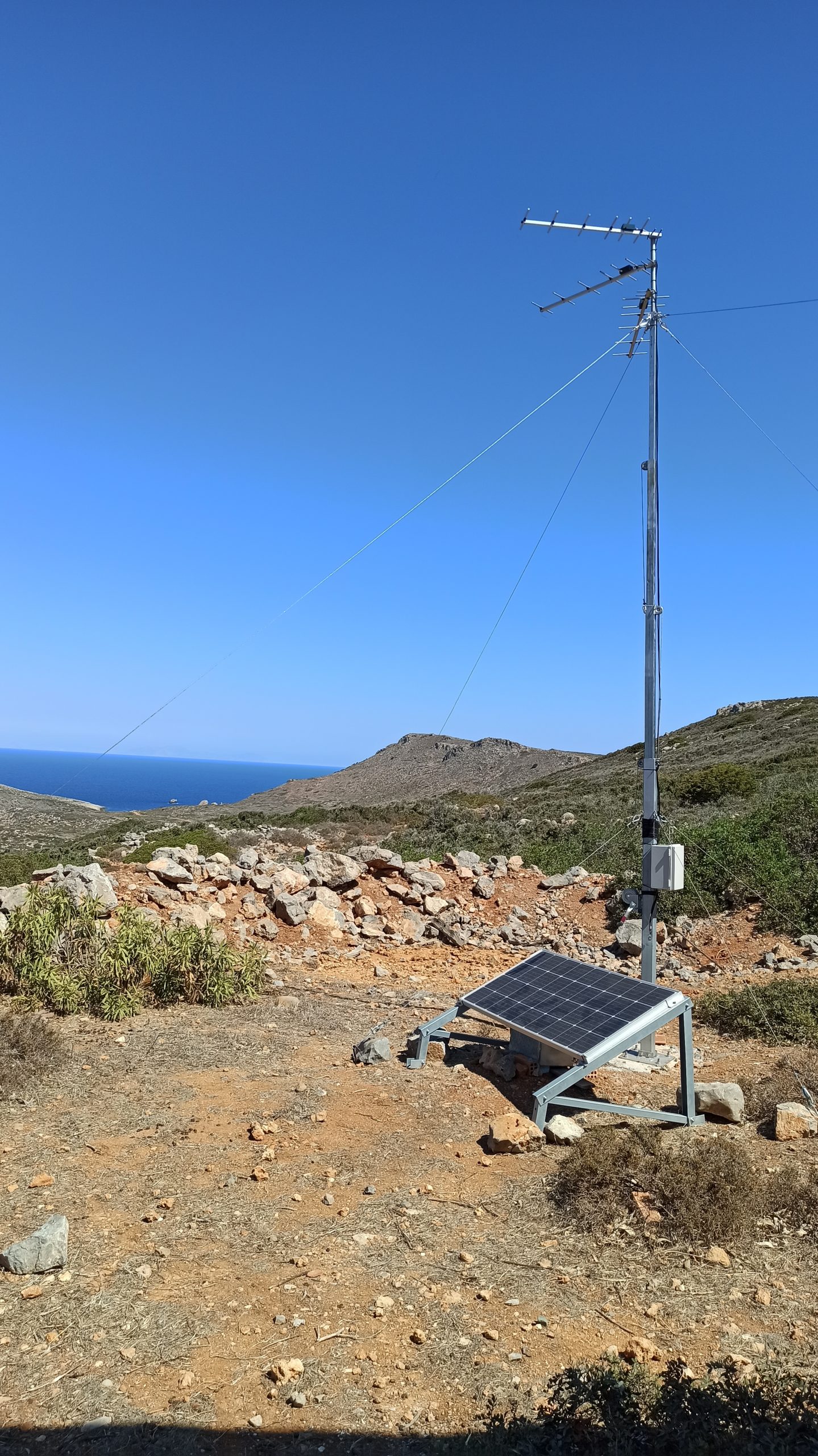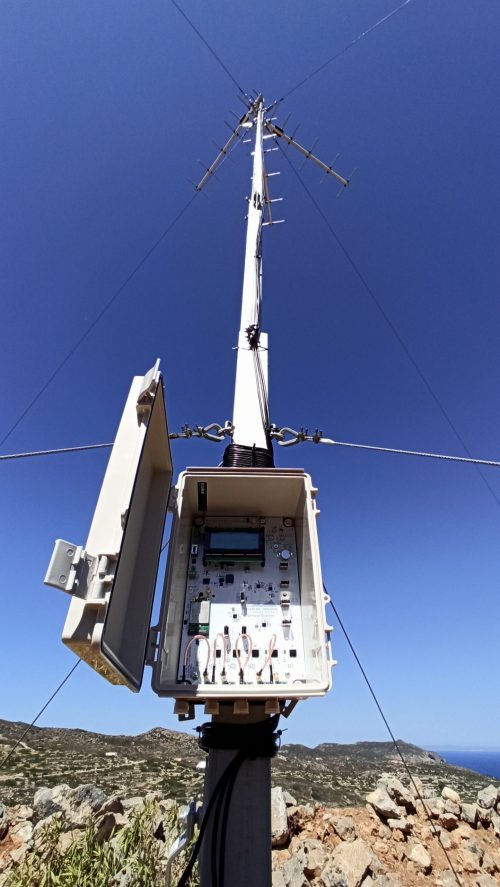Published in the latest issue of Genome Biology and Evolution, our new study uses gene expression data to identify key regulatory pathways related to adaptations for migration.
Despite the wealth of information available about migration physiology, there is little known about how migration is seasonally controlled at the molecular level. Comparing gene expression at specific stages of avian migration provides an opportunity to identify a large number of genes and potential regulatory pathways involved in important aspects of a species’ life history.
Using a whole blood transcriptomic approach, we found that top expressed genes during migration are involved in important pathways regarding adaptations to migration at high altitudes such as increase of aerobic capacity and angiogenesis. Comparison of gene expression profiles largely reflected the migration states of birds with several enzymes involved in different aspects of metabolic activity being differentially expressed between lean and fat birds providing several candidate genes for future functional studies.
Finally, we were able to identify genes involved in important pathways that represent significant adaptive mechanisms such as migration at high altitudes, water conservation during long-distance flight through protein catabolism and several hub genes that could be involved in the extraordinary phenotypic flexibility in organ mass displayed by avian migrants.
